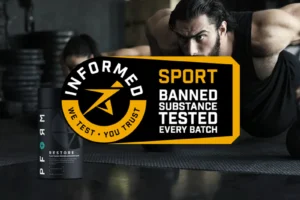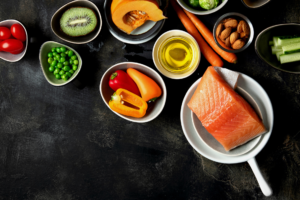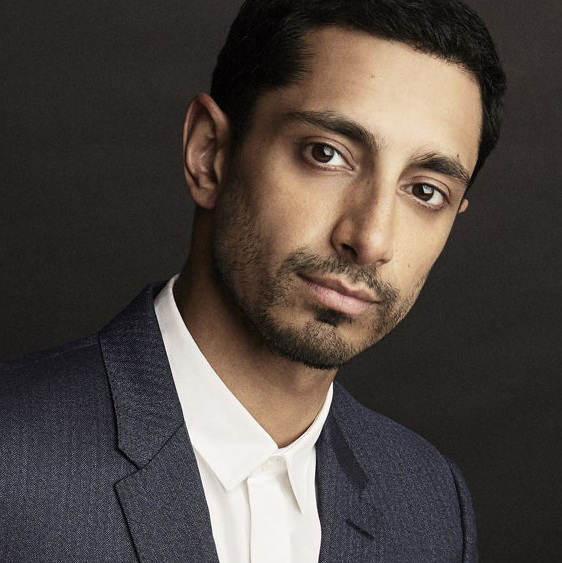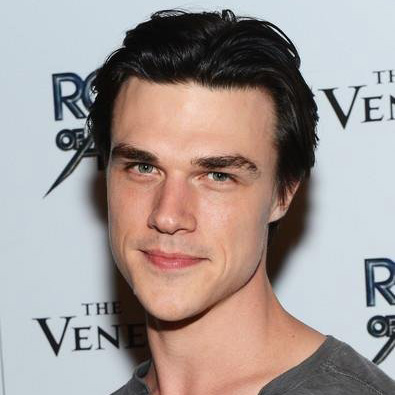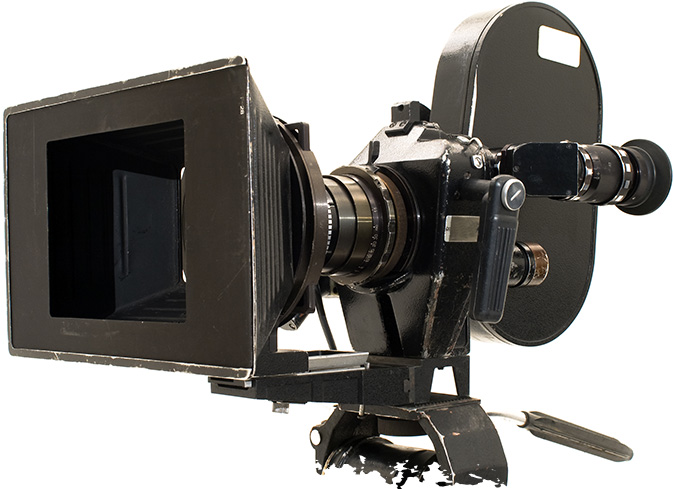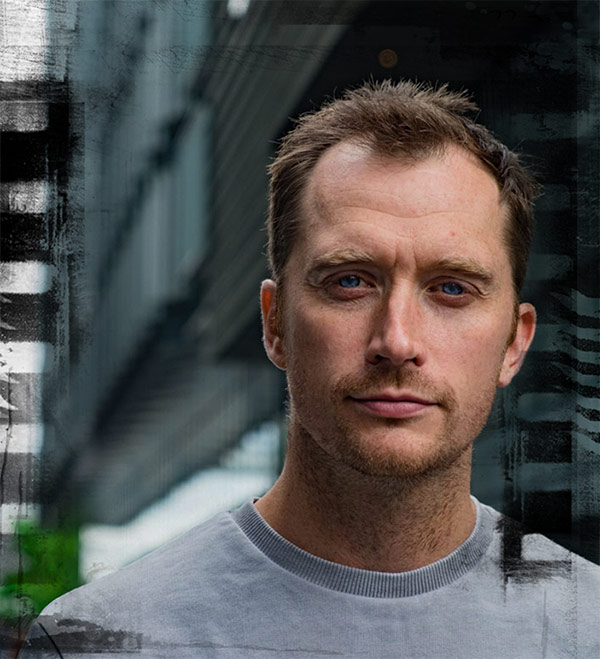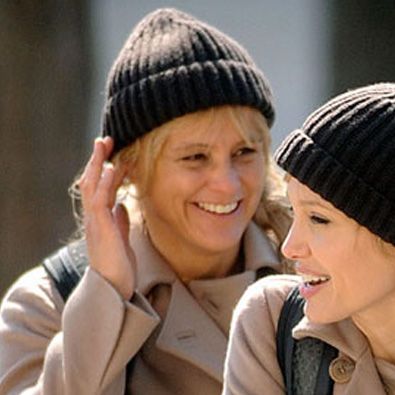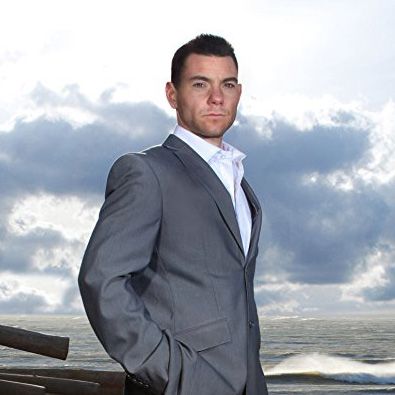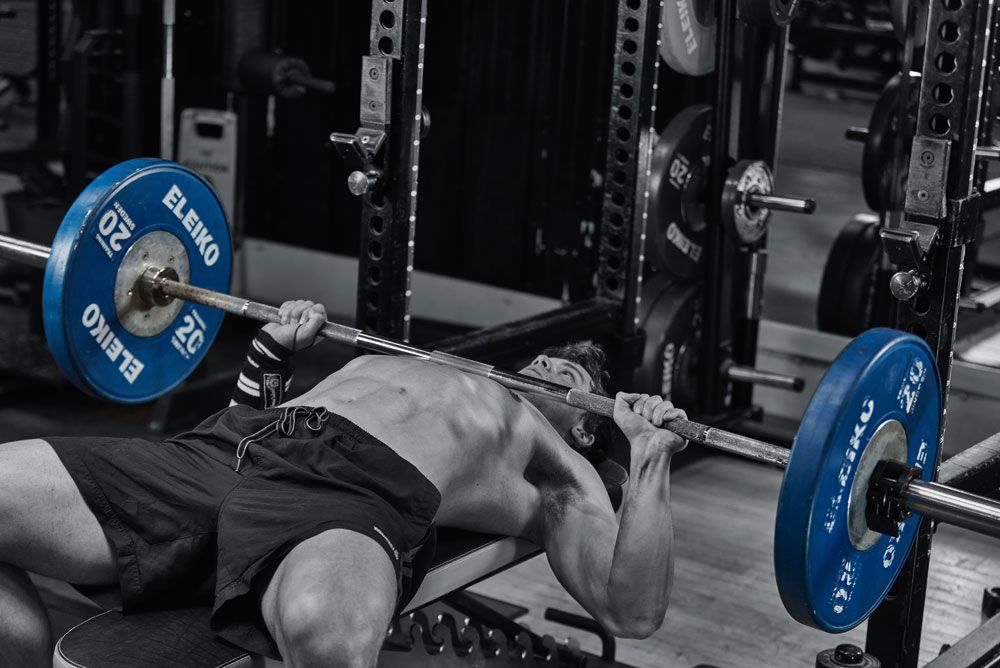
Injury Proofing: Small Muscles, Big Difference
Squats, Benching and Deadlifts get all the attention. They’re seen as the sexy movements that build the most muscle. When you think of strengthening your body, these are probably the first lot of exercises that come to mind.
I’m a huge advocate of remedial work. Remedial work, for those not in the strength coaching industry, basically means smaller impact work that intricately targets specific areas of the body. They don’t necessarily add muscle, but they do contribute to the potential to lift more, which is imperative for muscle growth.
Stability, mobility and rigidity
If I said to you “who starred in the film Terminator 2?” you’d immediately respond with the easy answer of Arnold Schwarzenegger. It’s highly unlikely you’d start listing members of the production team or catering staff on the movie.
The reality is, although Arnold was the star, the movie wouldn’t have been the success it was without a higher volume of behind the scenes work which allowed for the film to be made.
My point?
Well one of the questions I get asked most frequently is “How do I build a big chest?”. The obvious answer would be “Bench Press”, the star of the show. However a bench press can only be maximally effective if the shoulder joint is healthy, strong and stable. To do this you need to do certain exercises that specifically target this area, the behind the scenes work if you will.
What, why and how?
Training your scapula retractors will never be more popular than hitting Bicep’s in the gym. This being said, appreciating a little biomechanics and anatomy will go a long way in building a superhuman physique.
All pressing movements require the shoulder blades to be in a stable position. This is so the upper arm has a more solid base by which to press large amounts of weight. Imagine the roots on an oak tree. They’re thick and go deep in to the ground. This provides the mammoth trunk above a stable base so it does not fall over. If you have weak shoulder stabilisers, it’s like having a huge oak tree with no roots. When a storm hits, it’s likely to fall over. This would equate to a nasty injury in gym speak.
Many shoulder impingements and injuries originate from imbalances in the Trapezius muscle. This muscle can be split in to sections, simply known as the upper, middle and lower traps (or 1, 2 and 3) The upper traps bring the shoulder blades up whilst the lower traps push the shoulder blades back and down.
It’s quite common to see a lot of people with overly developed upper traps and weak or inactive lower traps. This has an impact on posture, causing the shoulders to round forward and increasing the chances of impingement pain.
Fixing the issue: Priorities
Doing more Trap 3 and retraction work would be an excellent idea for building bullet proof shoulders. These exercises do come with a twist though as before you can stabilise, you must mobilise first. The opposing muscle to the trap 3 in the plane we wish to strengthen it is the pec muscles. Poor posture and over emphasis on pressing movements can cause this muscle to become tight. If this muscle is tight it will have a rebound effect by inhibiting how well the trap 3 muscle recruits.
Before doing shoulder stability work, I would advise doing chest mobility drills before hand. This would be exercises such as Chest Flys and Dumbbell Pull Overs. Once you’ve seen a noticeable improvement in shoulder mobility, you can then move on to strengthening exercises such as Trap 3 raises, Face Pulls, External Rotations and Rear Delt Flys.
What does it look like?
I’m a big fan of doing these exercises both before and after your main lifts. They help prime the body for lifting heavy and then can be done again after whilst the nervous system is highly stimulated. It may look something like this.
A1) 30° Incline Chest Flys 2 x 12 reps
A2) Trap 3 Raise 3 x 10 reps
B) Barbell Bench Press 5 x 6-8 reps
C) 15° Incline Dumbbell Chest Press 4 x 10-12 reps
D) Tricep Dips 3 x 15 reps
E1) Seated Face Pulls 3 x 15 reps
E2) Single Arm Trap 3 Raises 3 x 10 reps
